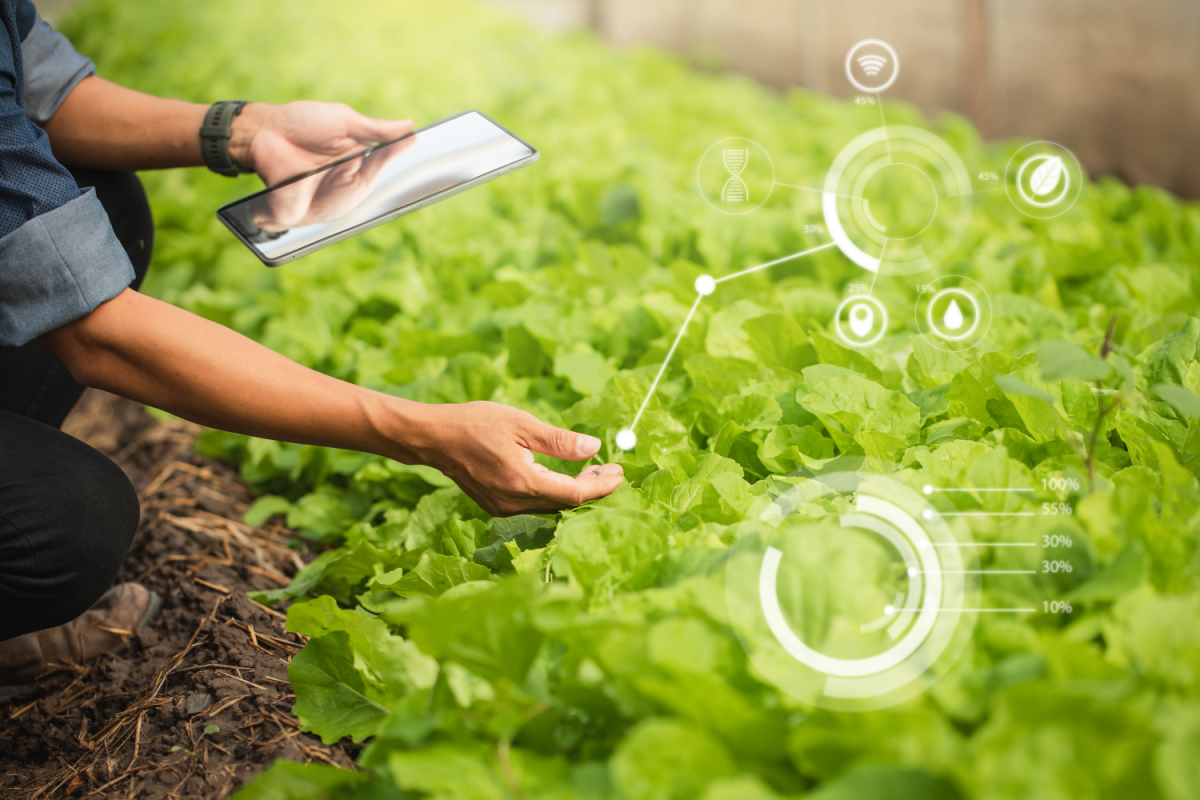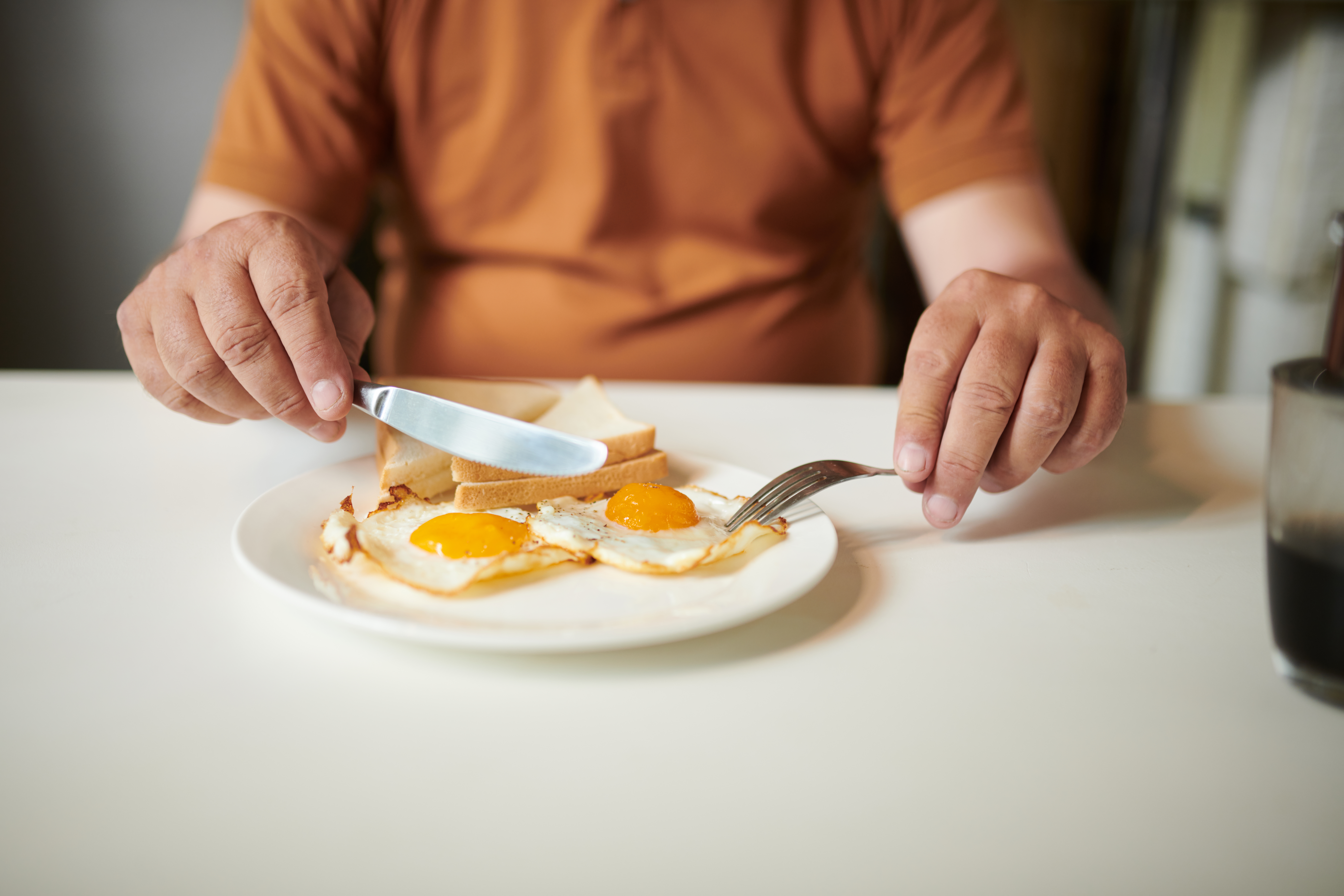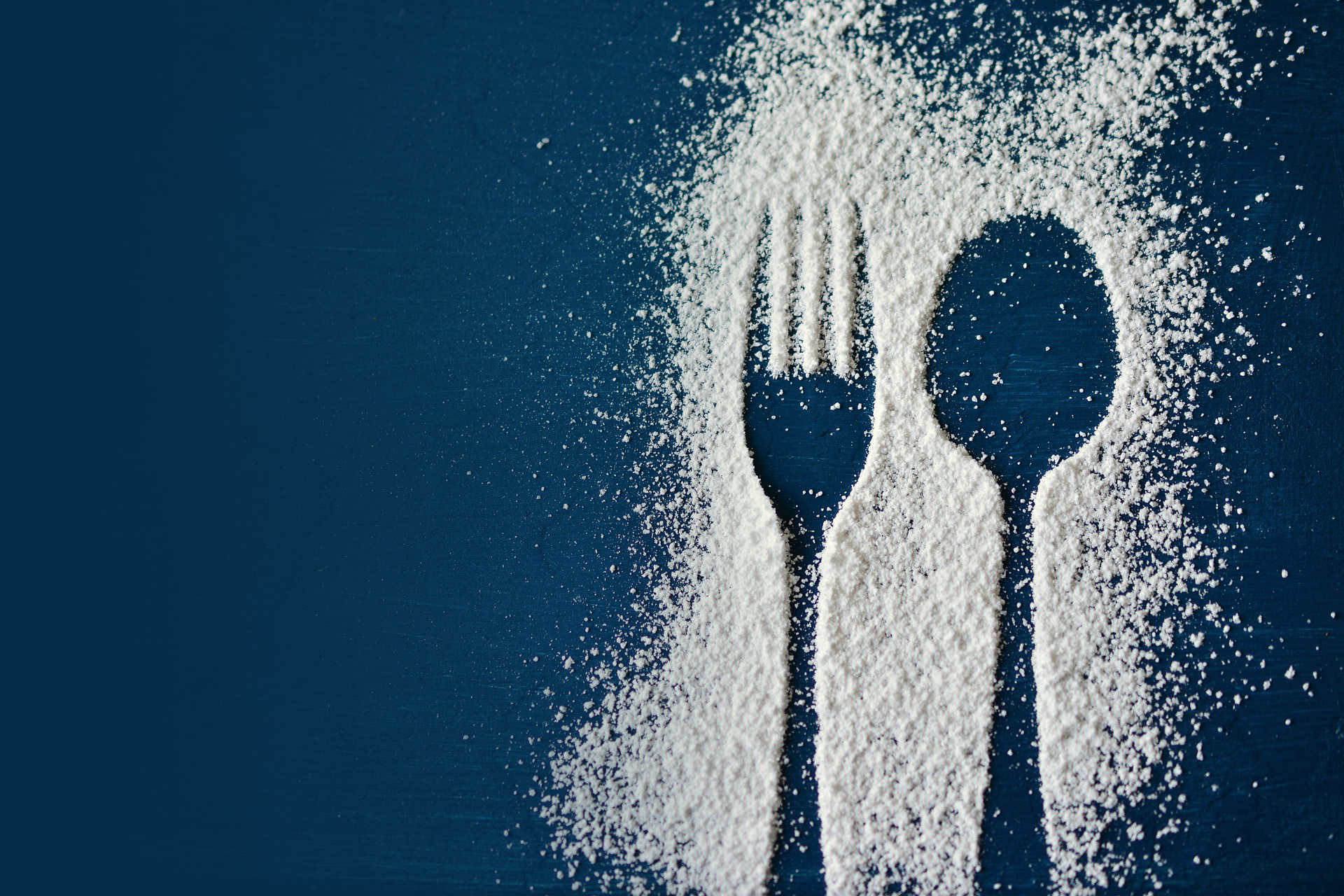A new study by marketing technology and logistics company, Inmar, found that voucher codes and digital coupons significantly impact the grocery shopping behaviors of consumers and in turn, increase product sales.
According to Inmar’s 2017 Promotion Industry Analysis (PIA) and their Shopper Behavior Study, about 45 percent of consumers load digital coupons and voucher codes onto their loyalty cards, which is an eight percent increase from 2016. In addition, about 90 percent of these consumers agree that digital coupons have changed their shopping behaviors. Loadable voucher codes and coupons encourage shoppers to buy more products sooner and invest in brands that they would not have considered originally.
Out of all the surveyed consumers, 39.1 percent said that they would buy a product sooner if they had a coupon for it; 39 percent said that they would purchase an unfamiliar brand that they usually would not with a coupon; and 38.5 percent said that they would buy more products with coupons. In addition, 29.9 percent of these consumers agree that they would buy a different product within the coupon’s brand and 18.1 percent said they would switch back to a brand if it offered coupons.
With the current consumer demographic being busy and strapped for time, shoppers tend to plan their grocery shopping visits and items for purchase prior to entering the store. Digital coupons have the ability to persuade consumers through the promise of saving them money and because they can be downloaded onto loyalty cards easily, shoppers can use them hassle-free. About 77 percent of shoppers claimed to have prepared a shopping list prior to grocery shopping and 40 percent claimed that they look for digital coupons before going shopping.
These promising results have influenced major companies to invest in digital engagement with consumers. About 80 percent of shoppers agree that they are more likely to buy or interact with a brand if it offers mobile engagement.
The demand for convenience continues to increase which is why Load-to-Card (L2C) coupons have experienced a significant growth in the past year while the popularity of Print-at-Home (PAH) coupons has decreased. According to the study, marketers distributed 38 percent more coupons in 2017 than the prior year and redemption of these coupons increased 67 percent within that period. With the distribution and redemption of PAH coupons down 15 percent and 33 percent respectively, it is clear to see that L2C methods are becoming more successful with the current tech-savvy consumer demographic.
However, these percentile results are specific to each category whereas the ratio between the currently available digital coupons and paper coupons is significantly disproportionate. Free-standing coupon inserts in newspapers are still the most prevalent types of coupons available in the marketing space. In 2017, free-standing inserts made up 90.8 percent of all coupons distributed and 34.6 percent of all coupons redeemed, while L2C coupons made up 1.1 percent of coupons that were distributed and 10.9 percent of coupons redeemed. This prevalence is what makes up the dominance of PAH coupons in distribution and redemption compared to L2C methods.
However, these statistics should not dissuade food companies from investing in L2C coupon marketing because the grocery landscape is transitioning towards a digital future. The prominence of digital convenience has increased significantly over the past year and this momentum is expected to continue. With technological advances such as checkout-free grocery stores, mobile grocery stores, robot employees and blockchain disrupting the traditional grocery space, it is likely that L2C coupons will become the norm in the near future.











Join or login to leave a comment
JOIN LOGIN